Tired of Crabgrass? Here’s What Actually Works (and What Really Doesn’t)
After years of tackling everything from pristine residential lawns to massive commercial properties, I’ve learned one undeniable truth: nature is persistent. And crabgrass is probably its most stubborn employee. I’ve seen it poke through tiny cracks in a patio, march across a perfect lawn, and completely swallow a neglected backyard. So, it’s no surprise that people constantly ask me about homemade crabgrass killers they found online, hoping for a cheaper, more ‘natural’ fix.
In this article
And I get it. The appeal is strong. But honestly, a lot of these DIY recipes are a bit like a game of telephone—the real story gets lost along the way. They come with risks and limitations that the five-minute video tutorials tend to leave out. My goal here isn’t to just throw a list of sprays at you. It’s to give you the kind of knowledge I pass on to my own crew. We’re going to dig into why these methods sometimes work, why they often fail, and how to use them without accidentally torching your entire lawn.
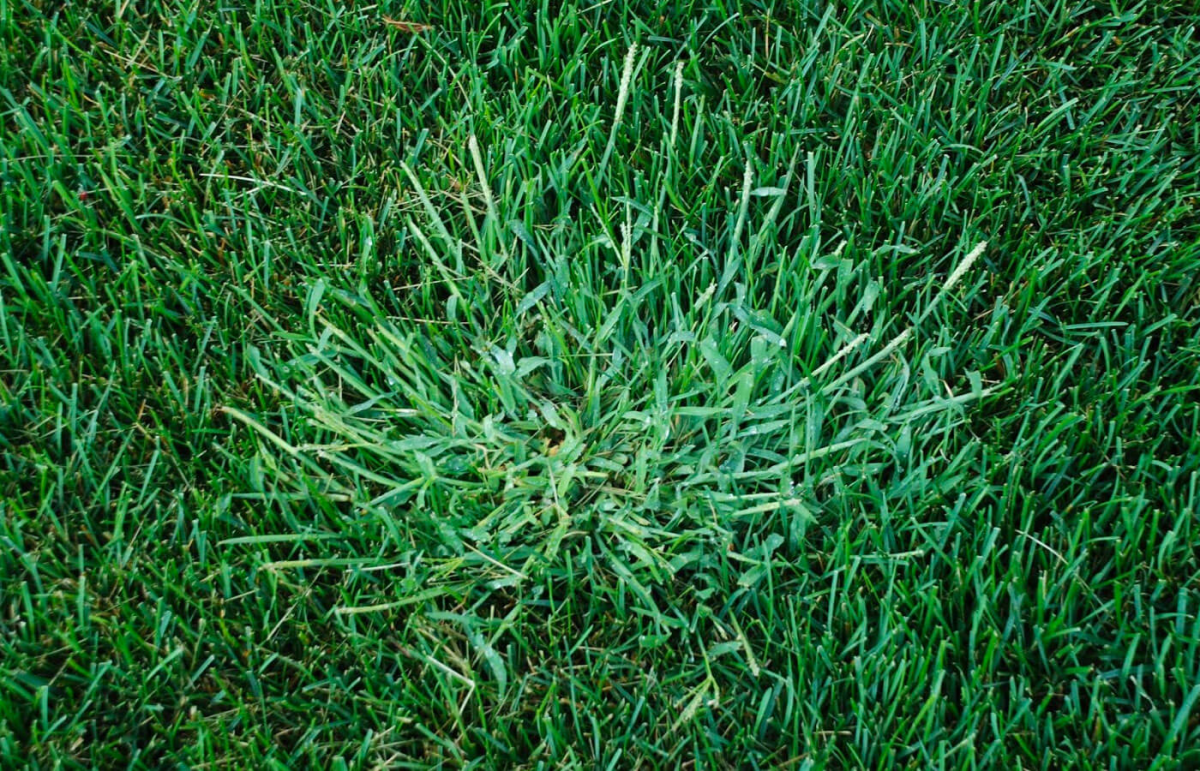
Because here’s the secret: a healthy, thriving lawn is your absolute best weapon. Understanding your enemy is just the first step.
First, Know Your Enemy: The Crabgrass Calendar
Before you mix up a single spray, you have to know what you’re up against. Crabgrass isn’t just any old weed; it’s a warm-season annual. That’s the most important thing to remember. ‘Annual’ means its whole life story plays out in a single year. The plant that drives you crazy all summer will die off with the first hard frost. But—and this is a big but—before it dies, a single plant can drop up to 150,000 seeds. Those seeds just hang out in the soil, waiting for their big moment next spring.
Here’s the cycle I see play out, year after year:
- The Wake-Up Call (Spring): Crabgrass seeds are patient. They need two things to get going: warmth and light. Once your soil temperature stays around 55 to 60 degrees Fahrenheit for a few days straight, it’s party time. This is a super critical window of opportunity for us.
- The Takeover (Summer): The little sprouts grow like crazy in the summer heat. They have those distinct, light-green blades that spread out low and wide, forming a mat that literally chokes out your good grass.
- The Next Generation (Late Summer/Fall): As the days get shorter, the plant switches gears and focuses all its energy on making seeds. It’s securing its legacy for next year, right in your backyard.
- The End (Fall): The first hard frost knocks out the main plant, leaving ugly brown patches and a minefield of seeds behind.
Knowing this cycle tells us we have two main battlefronts: before the seeds sprout (we call this pre-emergent) or after the plant is up and growing (post-emergent). Most DIY solutions are post-emergents, and that’s where things get tricky.
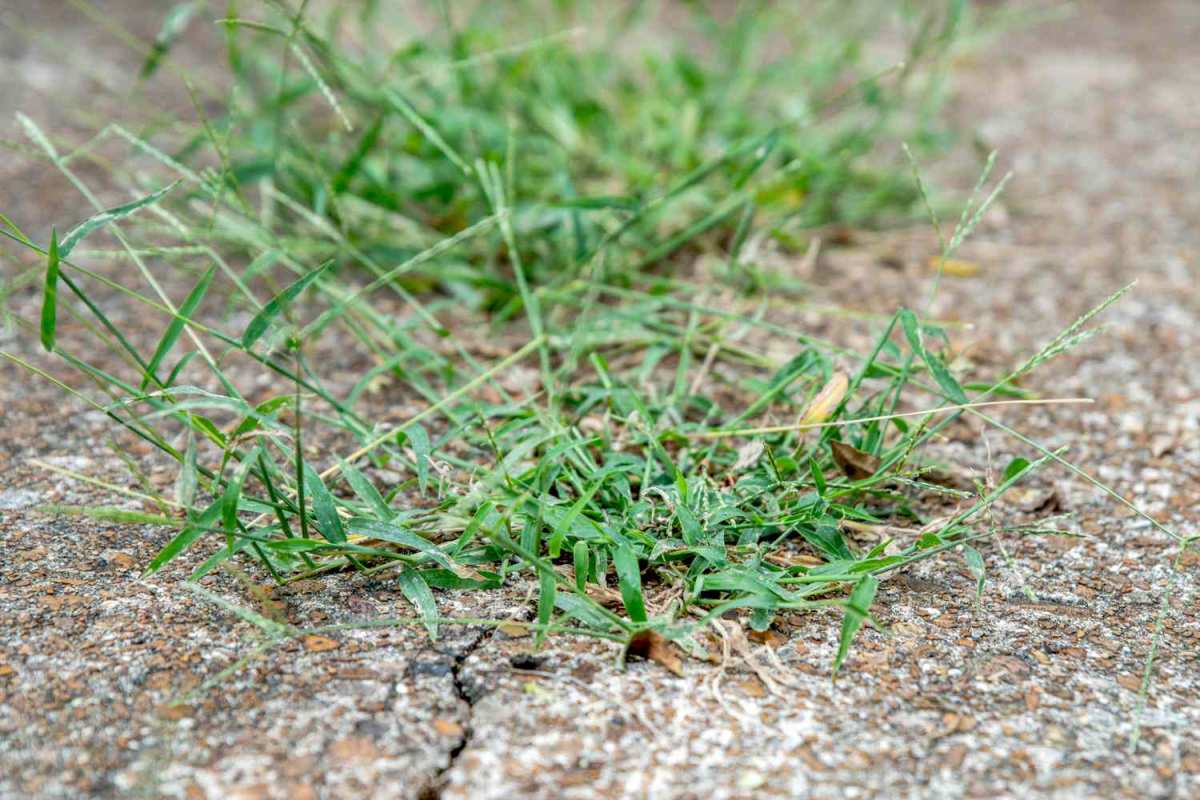
A Quick Word on Weed Killer Lingo
In the pro world, we talk about herbicides in two simple ways: when they work and what they kill. This little bit of info will show you exactly why homemade sprays can be so problematic.
- Pre-emergent vs. Post-emergent: A pre-emergent creates an invisible barrier in the top inch of soil that stops weed seeds from growing roots in the first place. Timing is absolutely everything. A post-emergent is for weeds you can already see—it works on the growing plant itself.
- Selective vs. Non-selective: A selective herbicide is a smart bomb; it’s designed to kill specific weeds (like crabgrass) while leaving your desirable grass alone. A non-selective herbicide is a sledgehammer; it kills or damages pretty much any plant it touches.
Here’s the kicker: Almost every single homemade recipe is a non-selective post-emergent. This means it will happily kill your Kentucky bluegrass right alongside the crabgrass. It’s a blunt instrument, not a surgical tool.
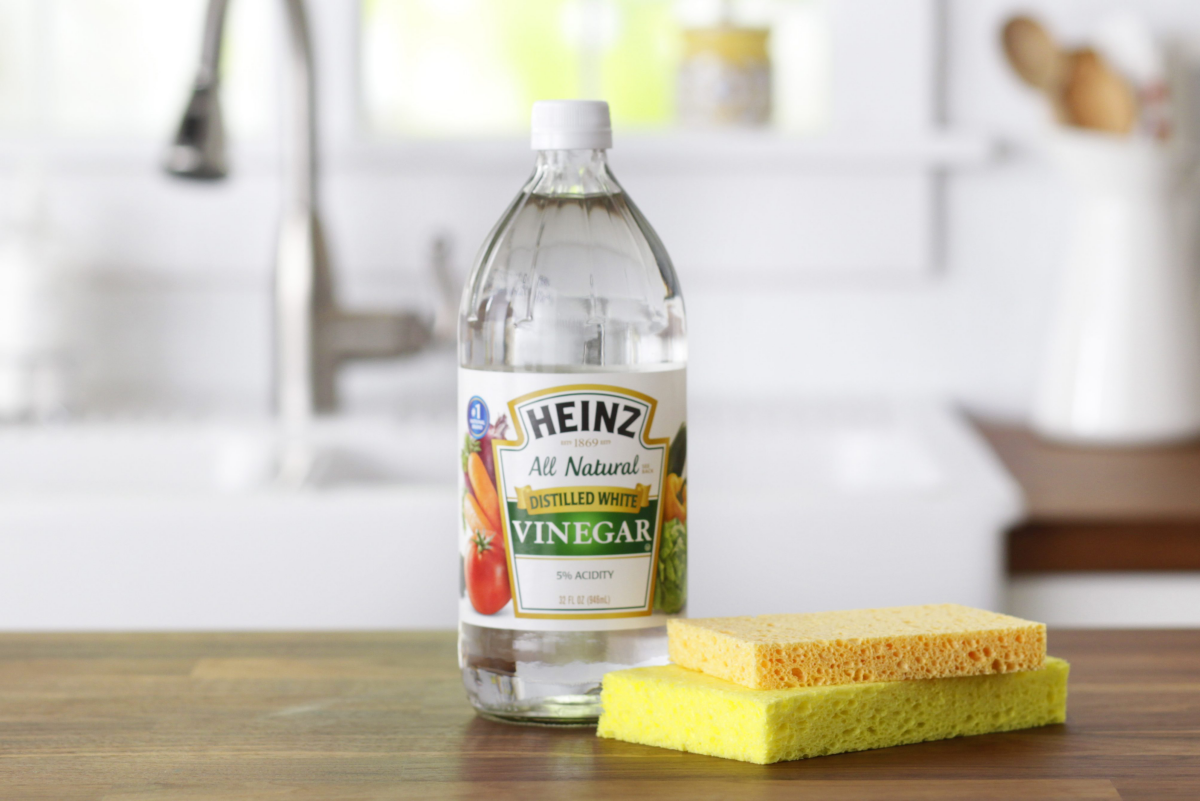
An Honest Look at Homemade Crabgrass Killers
Alright, let’s get into the popular DIY recipes. I’ll break down the science, their real-world effectiveness, how to use them (if you must), and the serious risks involved.
1. The Vinegar and Soap Spray
The idea is to mix white vinegar with a squirt of dish soap and spray it on weeds. The vinegar’s acetic acid works as a desiccant, meaning it sucks the moisture right out of the leaves, burning them. The soap just helps the vinegar cling to the plant.
- Cost: Very cheap. A gallon of vinegar is maybe $3-$4.
- Effectiveness: I’d give this a 3 out of 10 for lawn crabgrass. It might shrivel a tiny, brand-new seedling on a hot day. But on an established plant, you’ll just burn the top leaves, and it will almost always grow back from the root. It’s best reserved for weeds in sidewalk cracks.
- Risk to Lawn: High. It’s non-selective, so you’ll get a lovely brown, dead patch of grass wherever you spray. Repeated use can also make your soil too acidic for grass to grow well.
- Pro Tip: If you absolutely must use this on a single weed in your lawn, make a shield. Cut a weed-sized hole in a piece of cardboard, place it over the weed, and then spray through the hole. This protects the good grass around it.
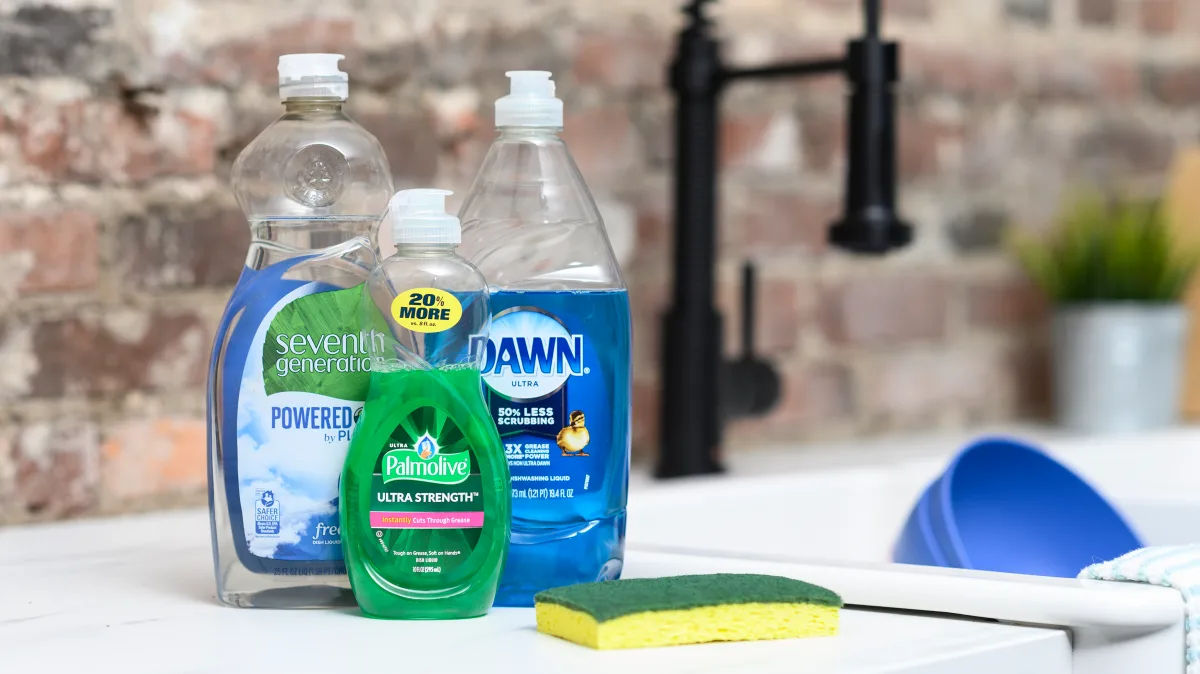
2. The Salt-Based Mix
This recipe usually involves dissolving salt in water, adding soap, and spraying. Salt kills plants by causing extreme dehydration (osmosis) and by poisoning the root system. It is brutally effective.
- Cost: Dirt cheap.
- Effectiveness: It will kill crabgrass, no doubt. It will also kill everything else.
- Risk to Lawn: Catastrophic. I cannot say this strongly enough: DO NOT use salt on soil where you ever want anything to grow again. The sodium accumulates and sterilizes the soil, sometimes for years. I once consulted on a property where the owner salted their driveway edges. Two years later, a one-foot-wide dead zone remained where nothing—not even other weeds—would grow. Fixing salt-damaged soil is a nightmare.
3. Boiling Water
Simple enough: pour boiling water on the crabgrass. The extreme heat causes the plant’s cells to burst instantly, killing it on contact. It’s simple, free, and leaves no residue.
- Cost: Free (plus the energy to boil the water).
- Effectiveness: A perfect 10 out of 10… for isolated weeds in your driveway or a brick patio. It’s a terrible idea for a lawn.
- Risk to Lawn: Total. It will kill the crabgrass and a perfect circle of your lawn around it, right down to the beneficial microbes in the soil.
- Heads up on Safety! The biggest risk here is to you. A splash of boiling water causes severe burns instantly. Never, ever do this in sandals or shorts, and keep pets and kids far, far away.
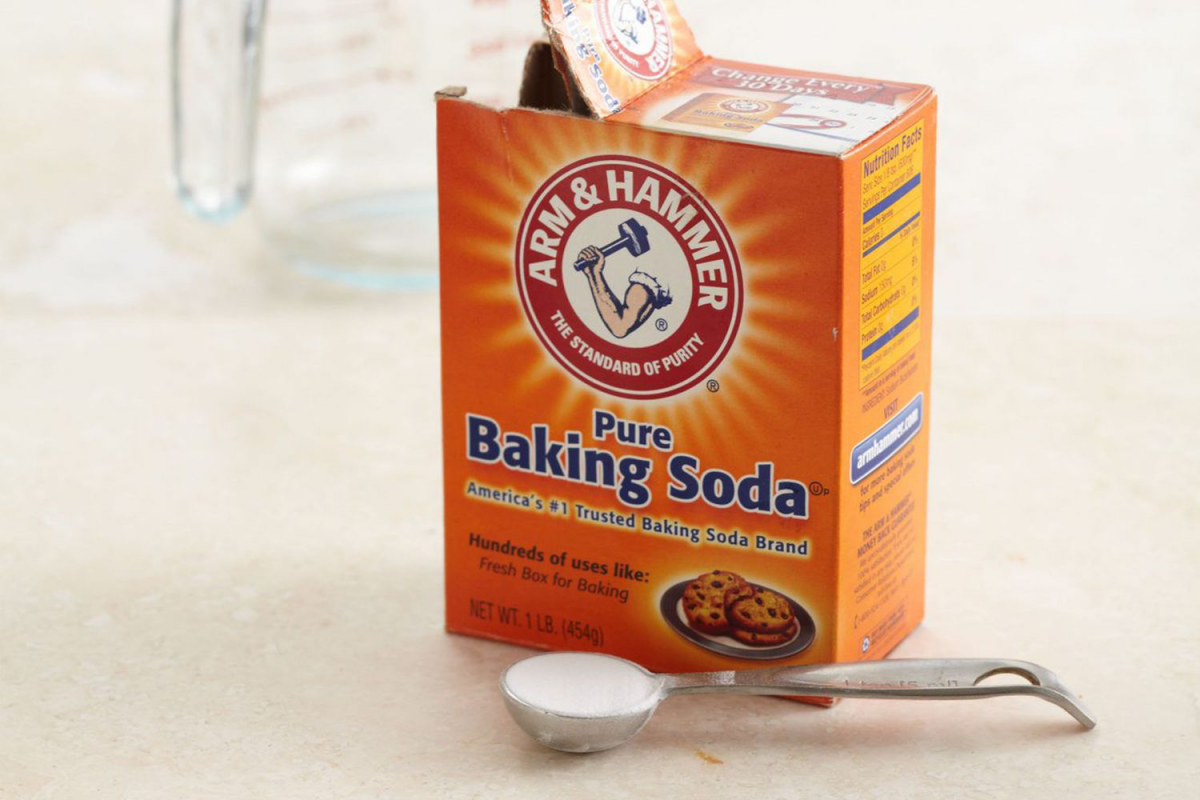
4. The Cornmeal Myth (and the Truth)
This is easily the most misunderstood DIY method. People hear you can spread cornmeal to stop weeds. The truth is, regular kitchen cornmeal does nothing. In fact, you’re just putting out a free buffet for birds and rodents.
The product they’re actually talking about is corn gluten meal, a byproduct from corn milling. It’s a totally different thing. It contains proteins that act as a natural pre-emergent, stopping seeds from forming roots properly.
- Cost: This is the pricey natural option. Expect a 20lb bag, which covers about 1,000 square feet, to run you anywhere from $30 to $50.
- Effectiveness: It can be pretty good if your timing is perfect! But if you apply it after the crabgrass has already sprouted, you’re just feeding the weeds with a nitrogen-rich meal.
- Risk to Lawn: Very low. It’s safe for people, pets, and your grass. The biggest risk is to your wallet if it doesn’t work.
To use corn gluten meal correctly, you need a plan:
You have to apply it before the seeds sprout. The best way to know when is with a simple soil thermometer (you can grab one for $10-$15 online or at a garden center). When the soil hits 50-55°F, it’s go-time. The old-timers’ trick is to watch the trees—when the forsythia bushes are in full yellow bloom or the lilac flowers start to fade, you’re in the right window.
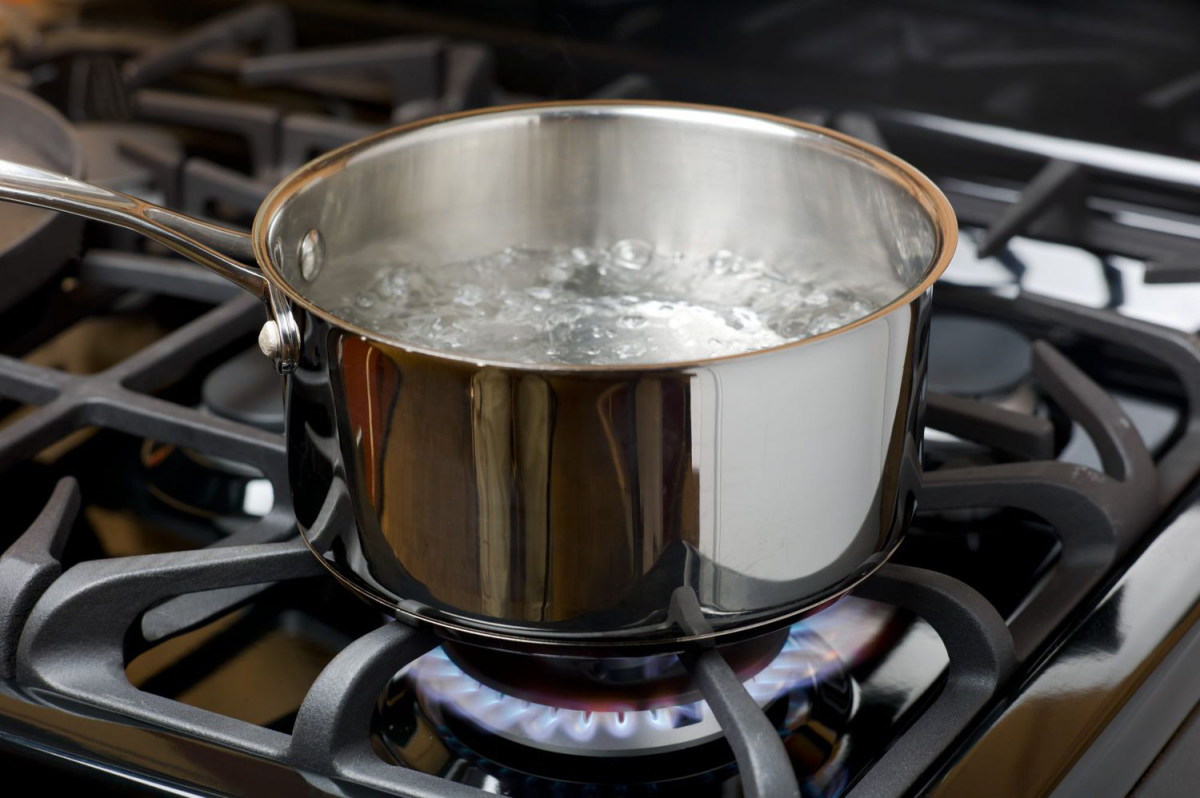
And don’t just sprinkle it on. You need about 20 pounds per 1,000 square feet. By the way, 1,000 square feet is just a square that’s about 32 by 32 paces. For even coverage, you’ll want a spreader. A small, handheld broadcast spreader is only about $25 at any hardware store and makes the job way easier.
First, What Kind of Grass Do You Even Have?
Your game plan depends entirely on your grass type, but most beginners just see ‘green.’ Here’s a super simple way to figure it out:
- Cool-Season Grass (like Fescue, Ryegrass, Bluegrass): Does your lawn stay mostly green through the winter? Does it grow fastest in the spring and fall? These grasses usually have finer, more delicate blades.
- Warm-Season Grass (like Bermuda, Zoysia, St. Augustine): Does your lawn turn brown and go totally dormant in the winter? Does it love the summer heat? These grasses often feel tougher and spread with thick, above-ground runners.
Knowing this helps you know when to focus your efforts.
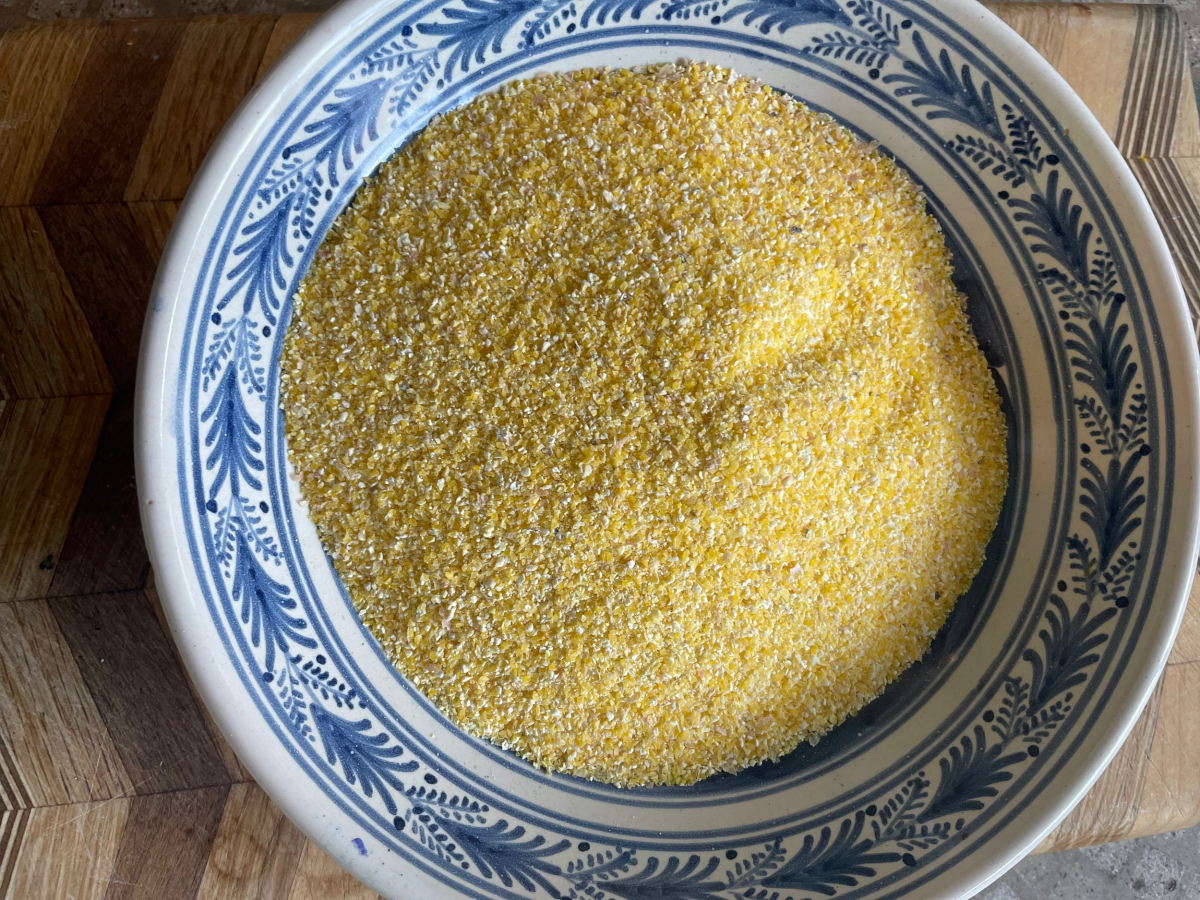
The Real Pro Strategy: Stop Fighting, Start Building
You might be feeling discouraged about the DIY options, and that’s fair. The truth is, a pro strategy isn’t about frantically killing weeds; it’s about building a lawn where weeds can’t even get started. It’s a shift in mindset.
Your Quick Win for Today: Mow High.
Seriously. If you do nothing else after reading this, go raise your mower blade to its highest setting (usually 3 to 4 inches for cool-season grass). This is the single most effective, free thing you can do. A taller lawn creates a dense canopy that shades the soil. Crabgrass seeds need sunlight to germinate. No sun, no crabgrass. It’s that simple.
Water Deep, Not Daily.
Crabgrass loves a daily light sprinkle. Your lawn hates it. Water your lawn deeply just once or twice a week. This encourages your grass to grow deep, strong roots, making it tough and resilient.
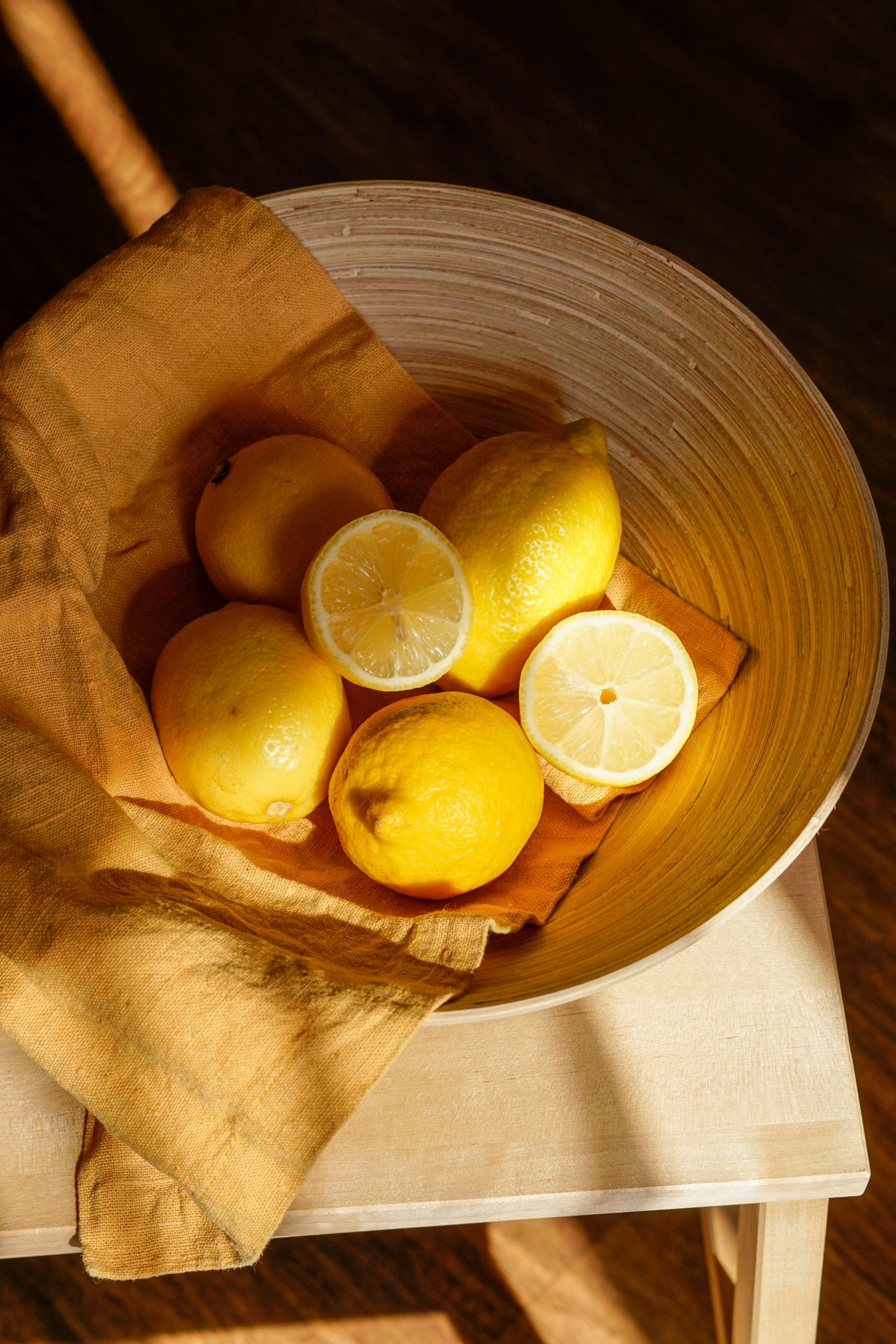
Feed Your Lawn Properly.
A well-fed lawn is thick and crowds out weeds on its own. The best results come from feeding based on your grass type—fall is the most important time for cool-season grasses, while summer is prime time for warm-season types.
Know When to Call in the Cavalry
I’m all for empowering homeowners, but you also have to know when to wave the white flag. If your lawn is already more than 30-40% crabgrass, you’ve lost the battle for this season. Trying to fix that with a vinegar spray is like trying to empty the ocean with a teaspoon. You’ll spend all summer frustrated, and the lawn will still look awful.
In those severe cases, calling a pro is often more effective and, believe it or not, can be more economical in the long run. A good local service might charge between $40 and $80 per treatment for a program using selective herbicides that consumers can’t buy. They can target the crabgrass without killing your turf, something no DIY recipe can do.
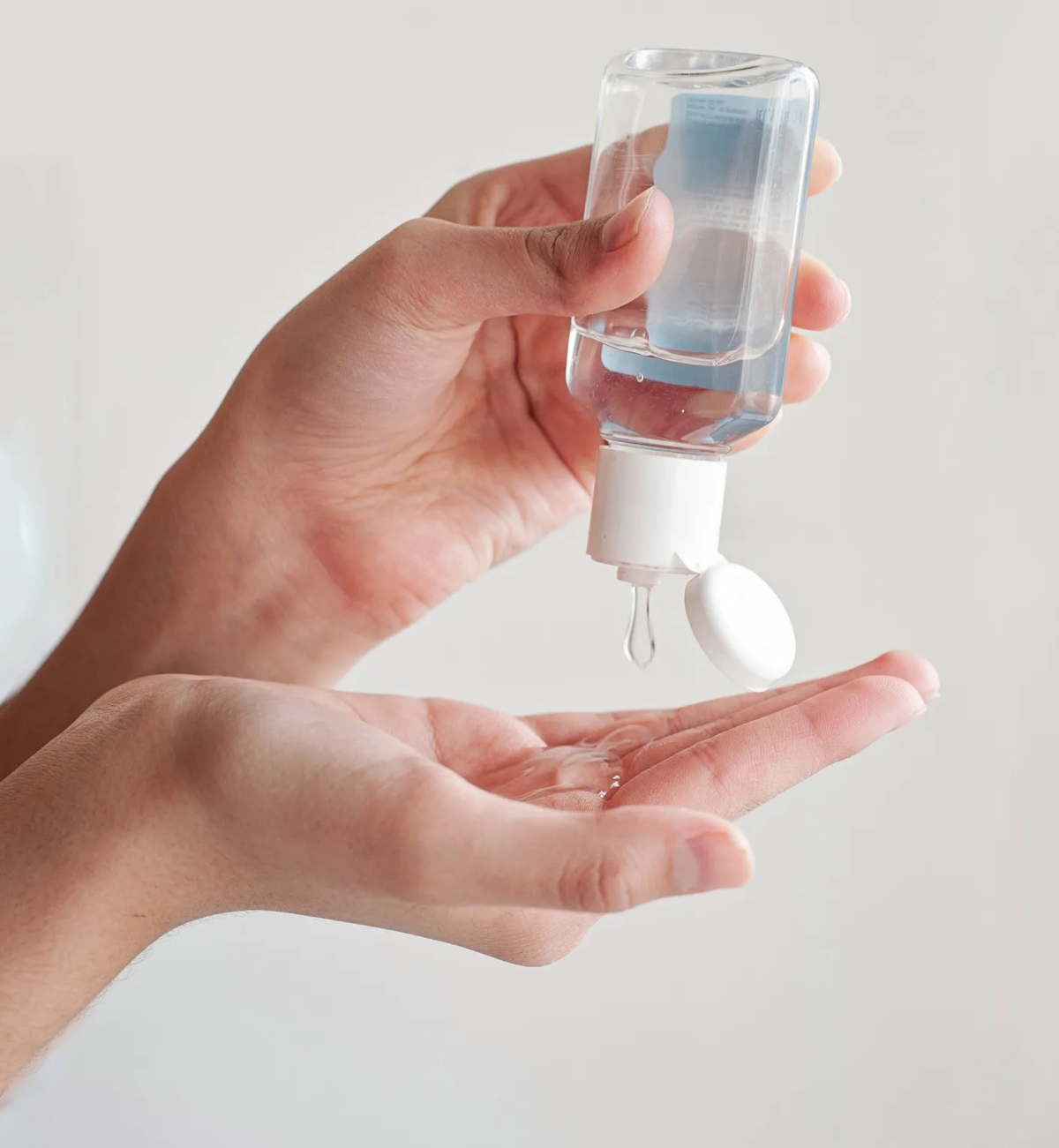
Ultimately, managing crabgrass is a marathon, not a sprint. Those quick-fix online recipes are usually a dead end. The real secret—the one careers are built on—is consistency. Mow high, water deep, and focus on building an awesome, healthy lawn. A strong lawn is its own best defense.
Galerie d’inspiration
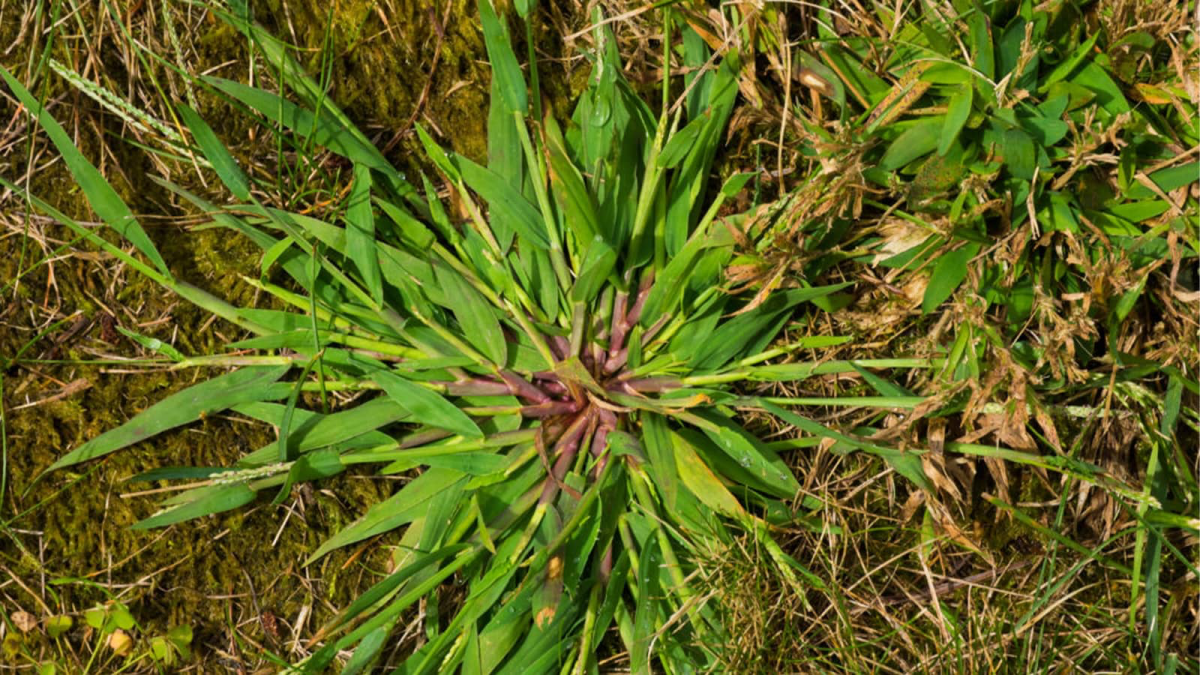
The #1 mistake homeowners make? Mowing too low.
It feels counterintuitive, but scalping your lawn is like rolling out the red carpet for crabgrass. Taller grass blades (aim for 3-4 inches) create shade over the soil. This simple act keeps the soil cooler and blocks the sunlight crabgrass seeds need to germinate. A low-cut lawn does the opposite, exposing the soil and creating the perfect warm, sunny nursery for a crabgrass invasion. Adjust your mower to its highest setting—it’s the easiest and cheapest preventative measure you can take.










